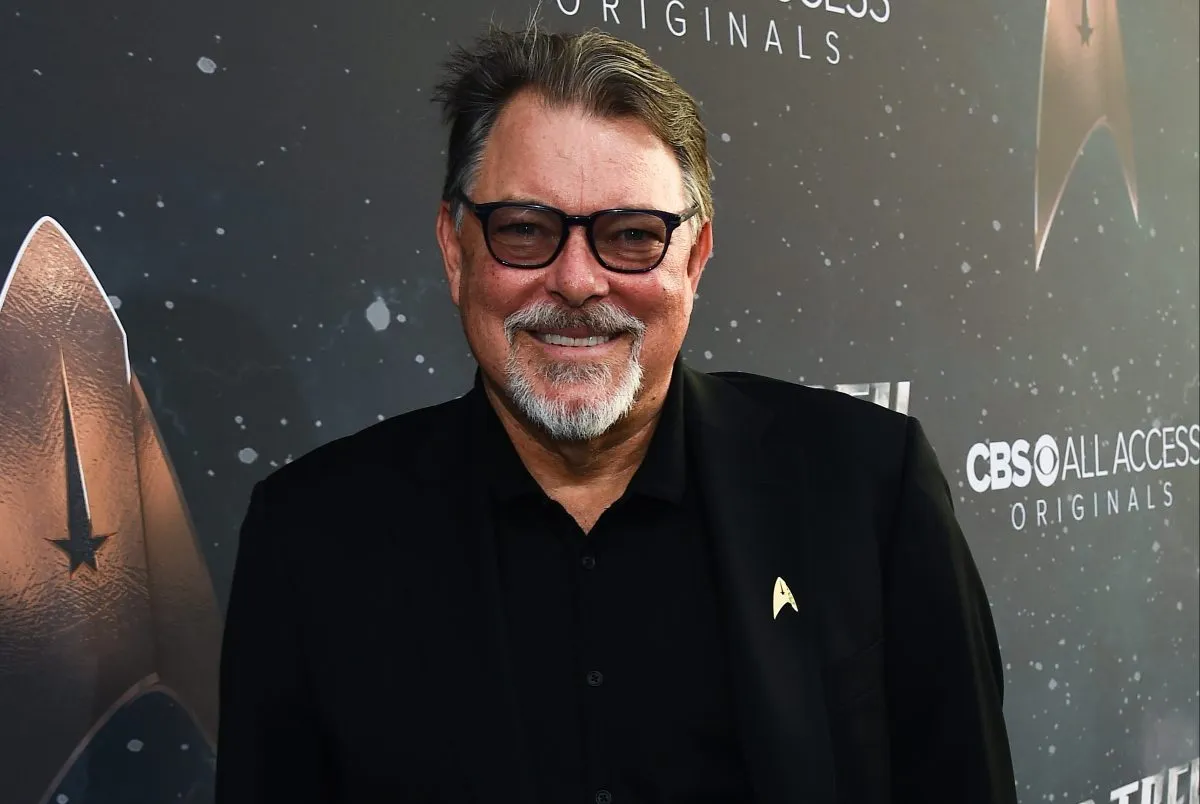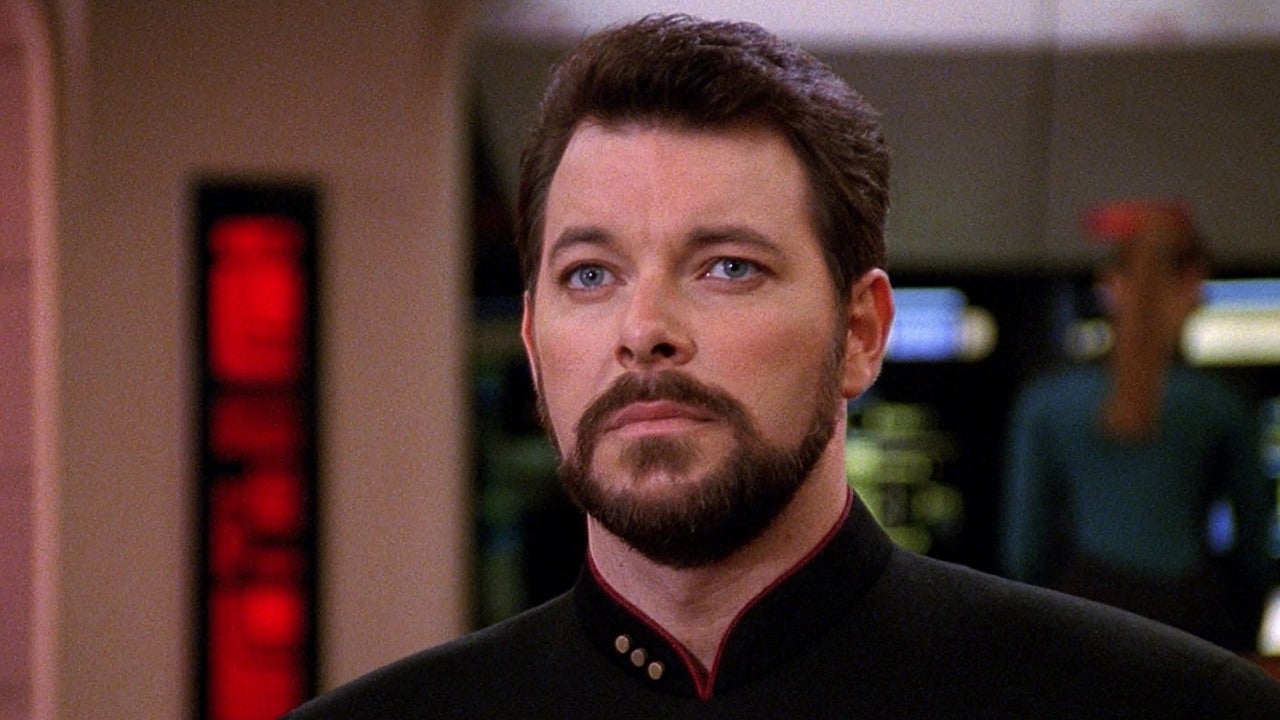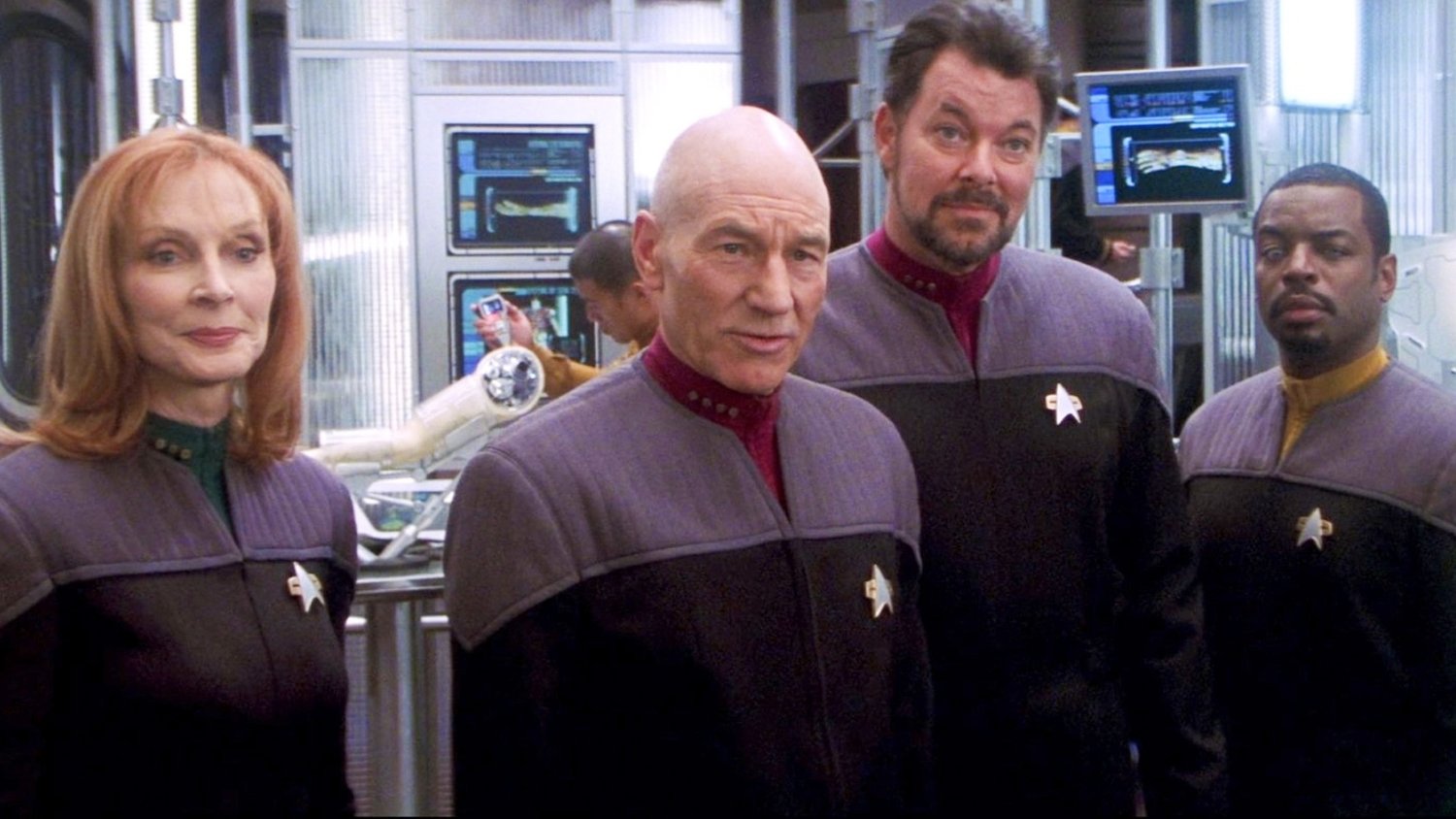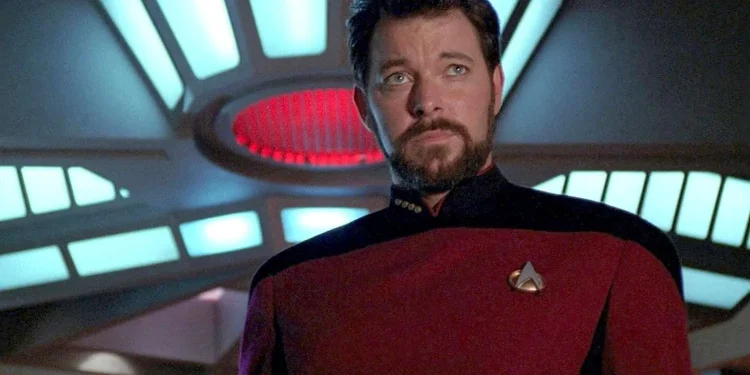Jonathan Frakes, widely recognized for his role as William Riker on Star Trek: The Next Generation, also took on the mantle of director for several installments in the Star Trek franchise. His journey behind the camera for the film Star Trek: Insurrection illustrates the delicate balance directors must maintain between artistic vision and studio mandates.

From the Captain’s Chair to the Director’s Seat
Frakes had already directed episodes of the television series before stepping up to helm Star Trek: Insurrection, the third film featuring the TNG cast. The movie, which delved into themes of rebellion and moral dilemmas within the Starfleet, initially presented a less action-driven narrative. It focused on the ethical quandary faced by the crew of the Enterprise as they discovered a conspiracy to exploit the Ba’ku people.
However, despite the thoughtful premise, the film was met with mixed reactions from both fans and critics. The response was attributed partly to its TV movie aesthetics and a story considered by many to have lower stakes compared to other big-screen outings like Star Trek: First Contact.
Studio Intervention: A Demand for More Action
As Frakes revealed, the initial cut of the film did not satisfy the studio executives. Their feedback was clear and pointed: the film needed more action, particularly towards the climax, to align with audience expectations and the prevailing cinematic trends of the late 1990s, which favored high-octane action films.
The ending originally had a more subdued resolution with key characters simply coming together after a minor skirmish,” Frakes explained in The Fifty-Year Mission: The Next 25 Years. “But the studio was adamant that there should be more excitement, more at stake before wrapping up the story.

Implementing Changes for a Dynamic Finale
Responding to the studio’s request, Frakes and his team restructured the film’s climax to include not just one, but several key action elements. “We introduced a scenario where the radiation collector had a self-destruct mechanism, which added a significant threat to the climax,” Frakes noted. This change aimed to enhance the stakes by intertwining the fates of multiple characters with the fate of the collector, thereby ensuring a more dynamic and engaging finale.
The studio’s input was crucial in transforming the ending into something more memorable. We managed to weave three narratives into the climax, with the collector exploding, the Enterprise swooping in to save the day, and the antagonist’s ship playing a pivotal role in the unfolding drama,” Frakes added. This multi-threaded approach not only amped up the action but also allowed characters like Worf and Riker to play hero roles, much to the delight of fans.

The Outcome: Box Office and Beyond
The revamped action sequences helped Star Trek: Insurrection perform moderately well at the box office, grossing $117 million against its $70 million budget. While it didn’t reach the heights of some of its predecessors, the film remains a topic of discussion among the Star Trek community, illustrating the complexities of film-making within such an iconic series.
Frakes’s experience with Star Trek: Insurrection serves as a fascinating case study in how directors navigate the often choppy waters of franchise film-making, balancing their own creative impulses with the commercial imperatives of the studios. This behind-the-scenes glimpse into the making of a Star Trek film underscores the ongoing dialogue between artistic vision and audience expectation, a dynamic that continues to shape the evolution of long-standing franchises in the film industry.









